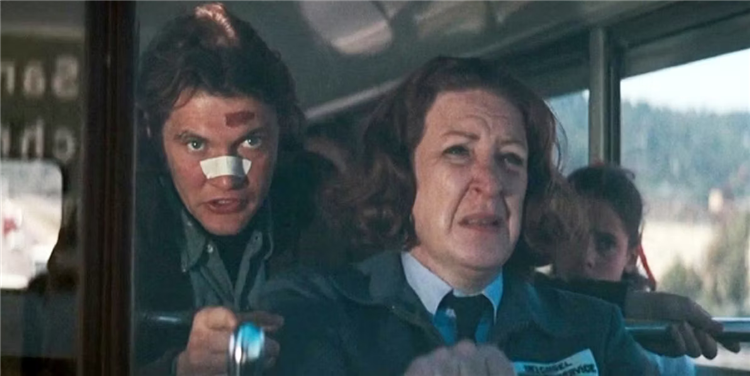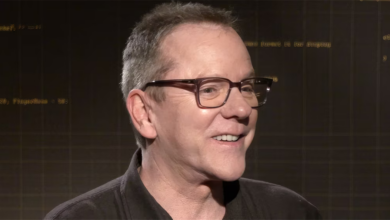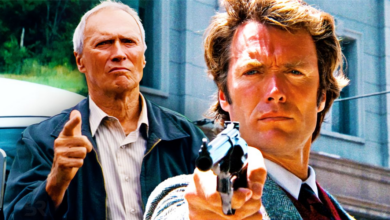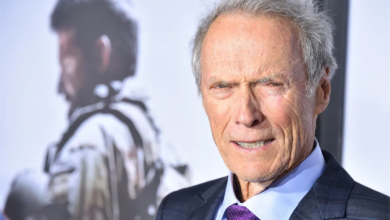Clint Eastwood’s ‘Dirty Harry’ Is Based on This Unsettling True Story
Do you feel lucky, punk?
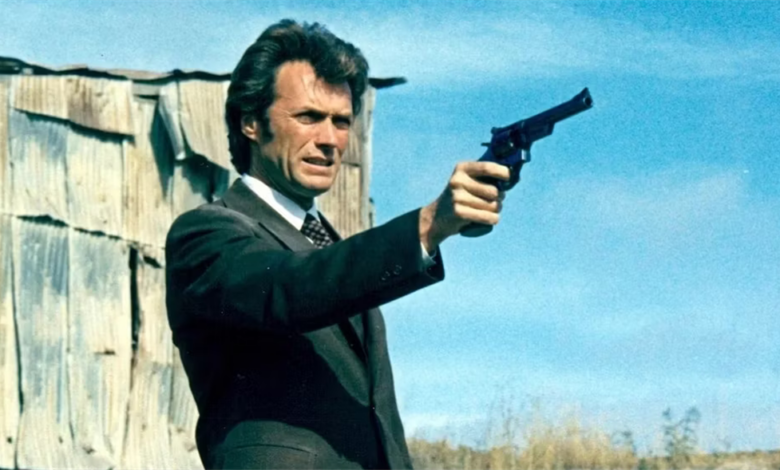
It’s 1971, Clint Eastwood introduces the world to one of his and Hollywood’s most iconic characters, Inspector “Dirty” Harry Callahan in Don Siegel‘s action thriller Dirty Harry. Callahan is the definition of a loose cannon; a tough and cynical police officer who is not above pushing the limits of the law to bring in San Francisco’s criminal element. Armed with a steely demeanor and a .44 Magnum, Callahan is on the hunt for a serial killer. In the real world, the SFPD is on the hunt for a serial killer as well: the infamous Zodiac Killer. Coincidence? Not in the least. Dirty Harry is, indeed, based on the true story of the SFPD’s hunt for the elusive murderer.
Who Was the Zodiac Killer That ‘Dirty Harry’ Is Based on?
From 1969 to 1974, a man known only as the Zodiac Killer had the San Francisco populace living in fear. His reign of terror began on December 20, 1968, when 17-year-old David Faraday and his girlfriend, 16-year-old Betty Lou Jensen, were found outside Vallejo, California. Both had been shot to death, seemingly at random. The Zodiac Killer would strike again on July 5, 1969, when a couple, 22-year-old Darlene Ferrin and 19-year-old Mike Mageau, were approached by a man while in their car. The Zodiac Killer fired a volley of shots at the pair, seriously wounding Mageau and killing Ferrin.
In September 1969, Cecelia Shepard and Bryan Hartnell were attacked by a man wearing a hood and a shirt with a circle-cross symbol on the shore of Lake Berryessa. They were tied up, and then mercilessly stabbed. Both barely survived the attack, but sadly Shepard would die shortly after due to her extensive injuries. The last murder directly attributed to the Zodiac Killer occurred shortly afterward, when a 29-year-old taxi driver, Paul Stine, was shot in San Francisco’s Presidio Heights neighborhood. Five murders in all, but the count may be as many as 37, as claimed by the Zodiac Killer himself.
What was most unsettling wasn’t necessarily the randomness of the murders, but the killer’s bravado. He taunted the public and the police through a series of letters and phone calls, fearlessly disclosing locations and claiming responsibility for his murders. The letters would begin with “this is the Zodiac speaking” and be signed with a drawing that resembled crosshairs. Four of the letters were cryptograms, with one decoded within days that included, “I like killing people because it is so much fun.” Another cipher, that began, “I hope you are having lots of fun in trying to catch me,” wasn’t decoded until 2020 by a trio of amateur code breakers. Also unsettling was the fact that, despite fingerprints, descriptions, tips, and leads, the Zodiac Killer was never found, and could very well still be at large.
‘Dirty Harry’ Takes On the Zodiac Killer, More or Less
